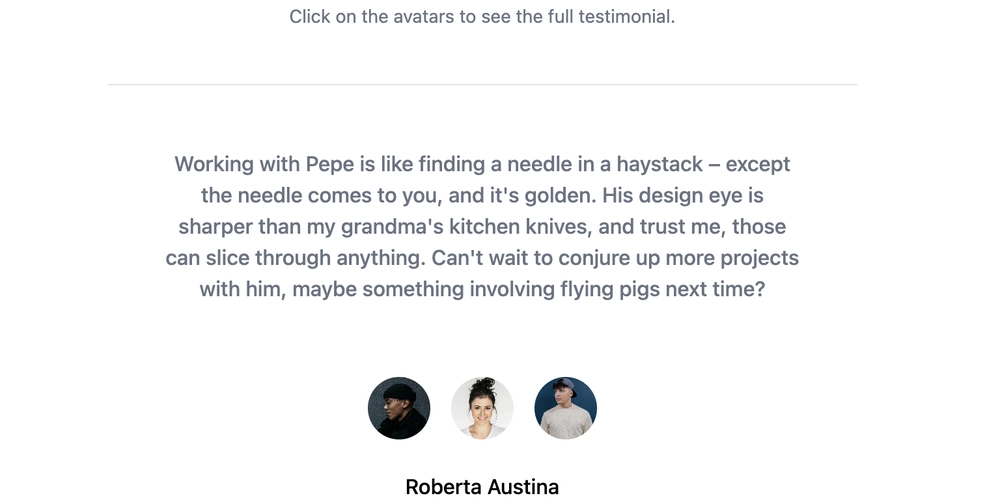
Ditch OpenAI: A Guide to Building Your Own Custom ChatGPT
Tired of relying on big tech for your AI needs? This guide empowers you to create your own personalized chatbot using open-source tools! Learn how to build your own ChatGPT, customize its personality, and understand the inner workings of large language models, opening up a world of possibilities.
Why Venture Into DIY Chatbot Territory?
Building your own ChatGPT offers several compelling advantages:
- Deep Dive Learning: Hands-on experience trumps passive learning. Understand the architecture and nuances of AI models firsthand.
- Tailored Customization: Mold your AI's personality, knowledge base, and response style to fit your specific needs. Imagine a chatbot that speaks exclusively in the style of your favorite author.
- Unmatched Bragging Rights: Impress your peers with a unique project. "Yeah, I built my own ChatGPT!" is a conversation starter.
What You'll Need: The DIY ChatGPT Toolkit
Before diving into the code, make sure you have these essentials ready:
- Python (3.7+): The programming language that will bring your AI to life.
- GPU (Recommended): For faster processing, especially during fine-tuning. A CPU will work, but be prepared for longer wait times.
- Basic ML Knowledge: Familiarity with machine learning concepts will be helpful.
- Open-Source Model (GPT-2): A powerful language model as the foundation for your chatbot.
- Creativity & Perseverance: Essential ingredients for any ambitious project.
Step-by-Step: Building Your Custom ChatGPT
Here's a breakdown of the process, from setting up your environment to deploying your personalized chatbot:
1. Setting Up Your Workspace:
- Create a project directory:
- Create and activate a virtual environment (recommended):
- Install dependencies:
2. Choosing and Loading Your Language Model:
- We'll use GPT-2 for this guide. Load the model and tokenizer:
3. Crafting the Chat Function:
- Write a function that takes a prompt, generates a response using the model, and returns the result:
4. Fine-Tuning for Personalized Responses (Optional but Recommended):
- Fine-tune the model on a dataset relevant to your desired chatbot persona. Here's a basic example:
5. Deployment: Sharing Your Creation:
- Use a framework like Flask to create a simple web interface for your chatbot:
Beyond the Basics: Leveling Up Your Chatbot
You've built the foundation! Now, consider these enhancements:
- Explore Different Models: Experiment with other open-source models like BERT or T5 to find the best fit for your needs.
- Advanced Fine-Tuning: Delve into more sophisticated fine-tuning techniques for better performance and customization. The long tail of your training data is what gives AI character, so give it time.
- Add Memory: Integrate memory capabilities to allow your chatbot to remember past conversations.
- Context Awareness: Improve responses by incorporating contextual information.
Embark on Your AI Adventure
Building your own ChatGPT is a rewarding experience and a gateway to deeper AI understanding. Take your project further and see how your home-made AI will evolve. So go ahead, experiment, and create!























